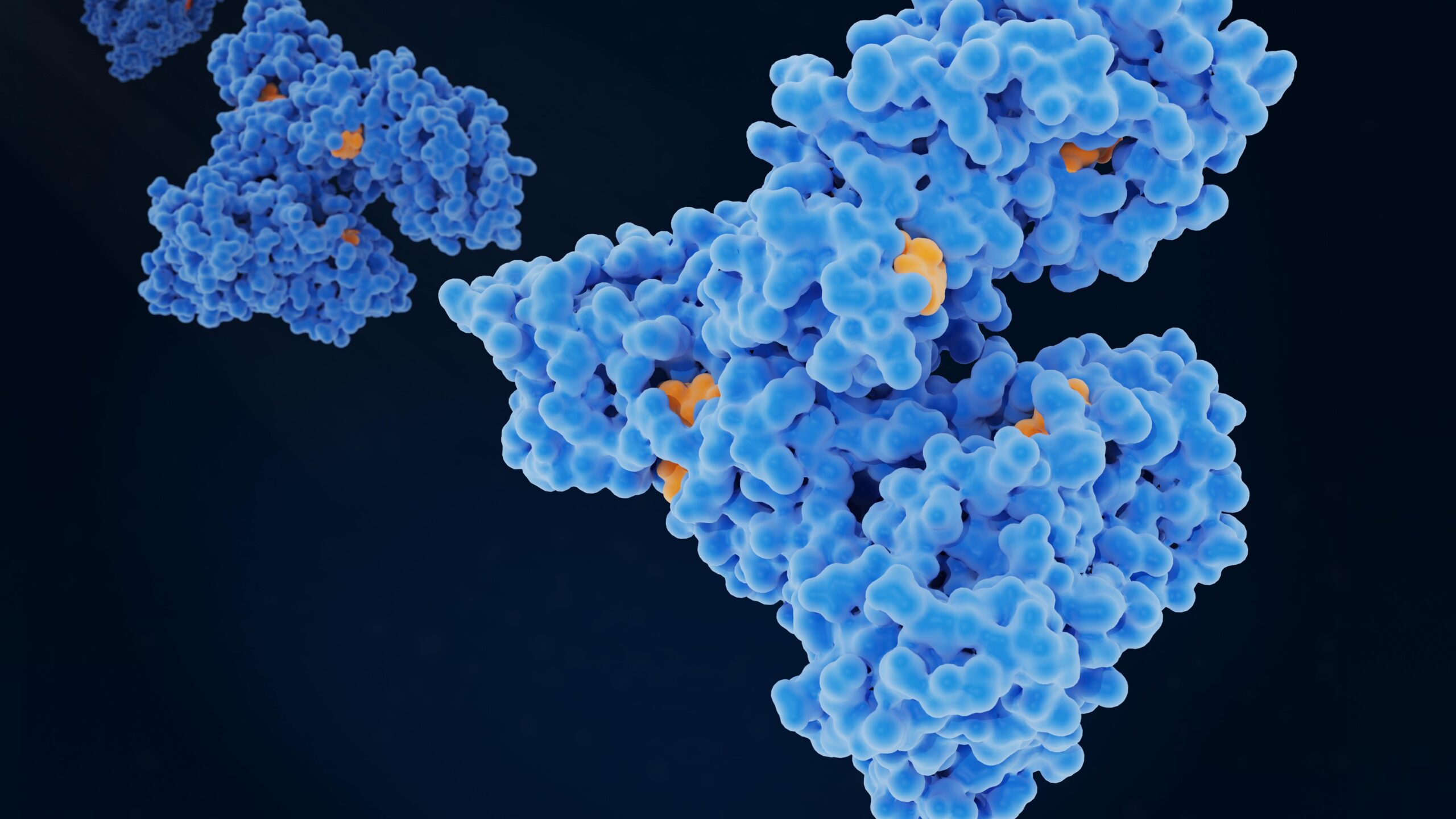
For patients with relapsed multiple myeloma (MM) refractory to lenalidomide therapy, effective bridging therapy before administration of ciltacabtagene autoleucel (cilta-cel) is associated with better survival outcomes following cilta-cel. This is according to a post-hoc analysis of the phase III CARTITUDE-4 trial presented at the Society of Hematologic Oncology 2024 Annual Meeting in Houston, Texas.
“Bridging therapy controls disease while [chimeric antigen receptor (CAR) T-cell therapy] is being manufactured and potentially reduces the risk of toxicities by debulking. The impact of disease control prior to CAR-T infusion on postinfusion clinical outcomes is not well established,” explained lead author Li Yin, MD, PhD, from the Mayo Clinic in Rochester, Minnesota, regarding the need for this analysis.
The total cohort for the analysis included 176 patients who received cilta-cel as study treatment. Among them, 158 received a daratumumab, pomalidomide, and dexamethasone bridging regimen, and 18 received a pomalidomide, bortezomib, and dexamethasone bridging regimen. The cohort had a median follow-up of 15.9 months.
According to the analysis, 148 patients incurred a 25% or greater reduction in paraprotein during the bridging period. At follow-up, those patients had not reached median progression-free survival (PFS) and had an estimated 12-month PFS rate of 91.8%. In comparison, patients who had a less than 25% reduction, no change, or an increase in paraprotein had a median PFS of 19.2 months and an estimated 12-month PFS rate of 78.1%.
The investigators concluded that greater response to bridging therapy, as reflected by paraprotein levels, was associated with longer PFS.
The investigators also found among 171 patients with available biomarker data that those with a 25% or greater reduction in paraprotein had a higher in vivo effector-to-target ratio as compared with patients who did not, with median ratios of 62.6 versus 8.2, respectively.
“These data emphasize the importance of optimized bridging therapy for disease control prior to receiving cilta-cel,” Dr. Yin wrote in conclusion.
Reference
Lin Y, Leleu X, Gatt M, et al. Effectiveness of bridging therapy corresponds to improved outcomes after receiving CAR-T therapy: phase 3 CARTITUDE-4 study of patients with relapsed, lenalidomide-refractory multiple myeloma. Abstract #MM-522. Presented at the Society of Hematologic Oncology 2024 Annual Meeting; September 4-7, 2024; Houston, Texas.


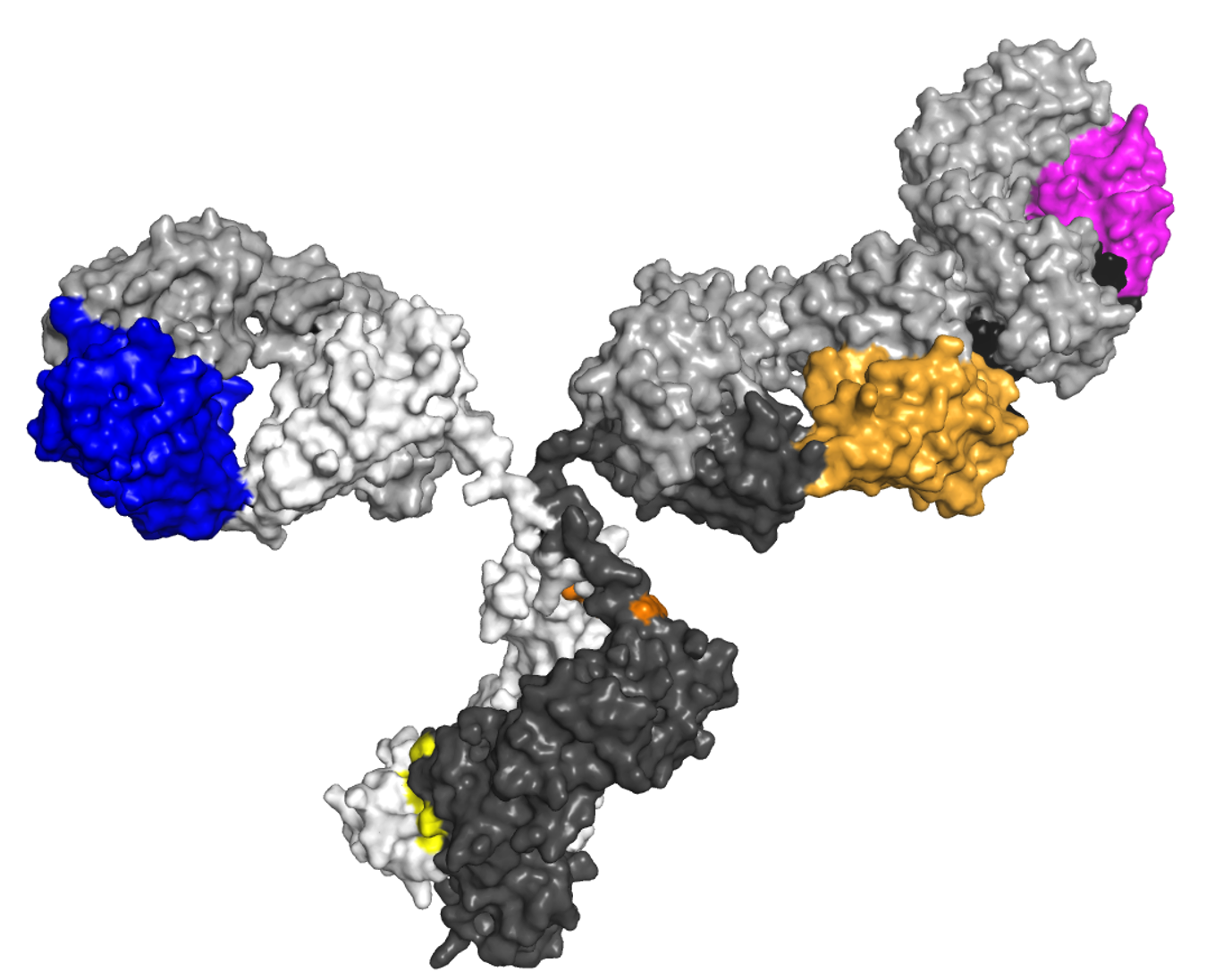
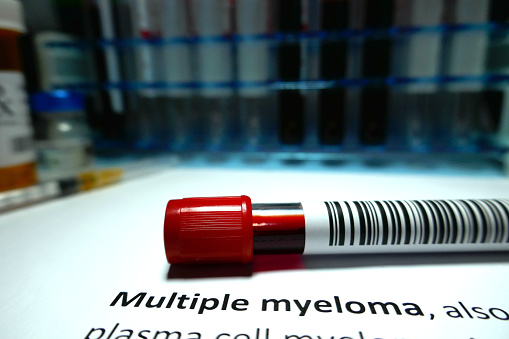
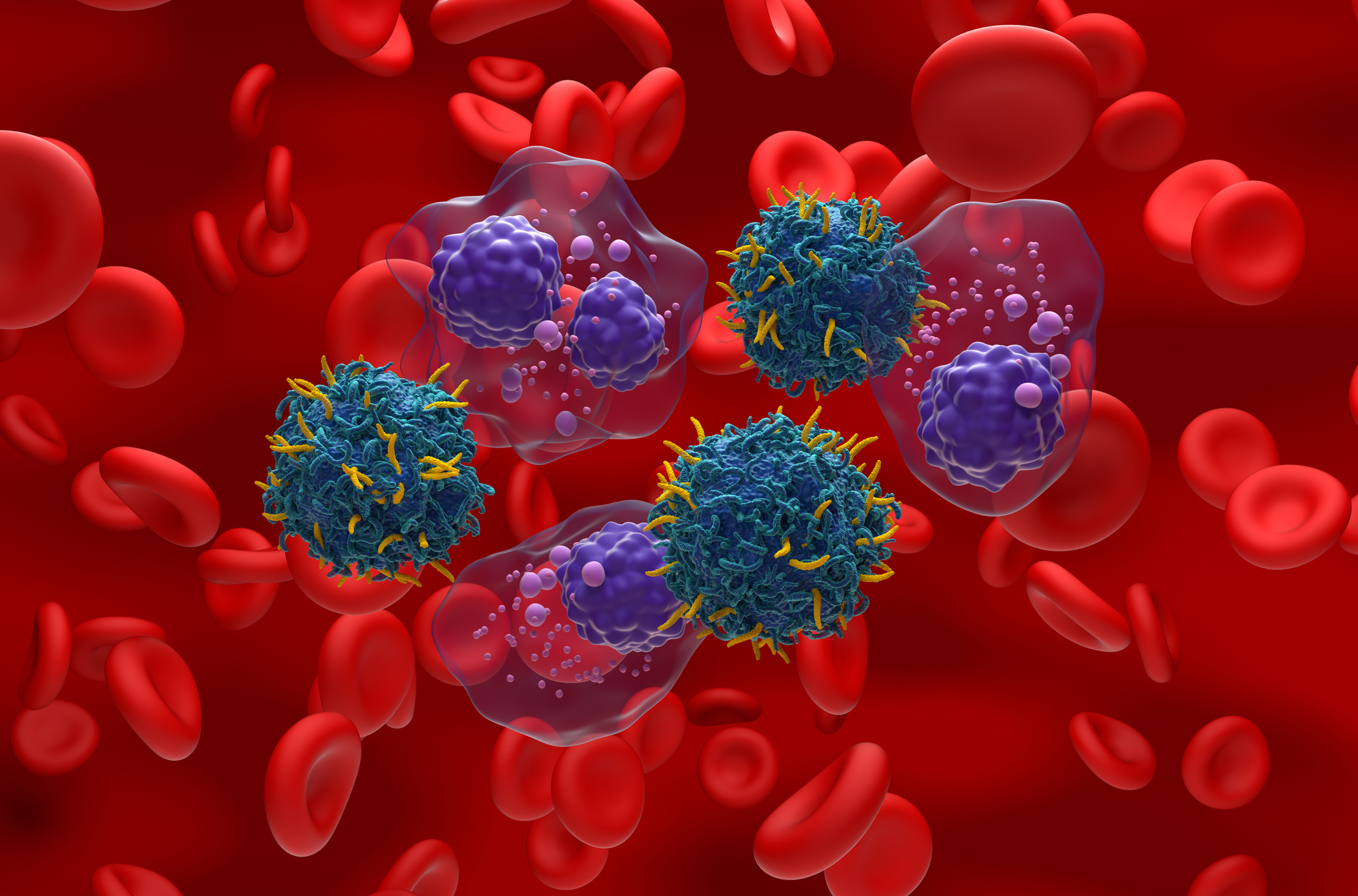
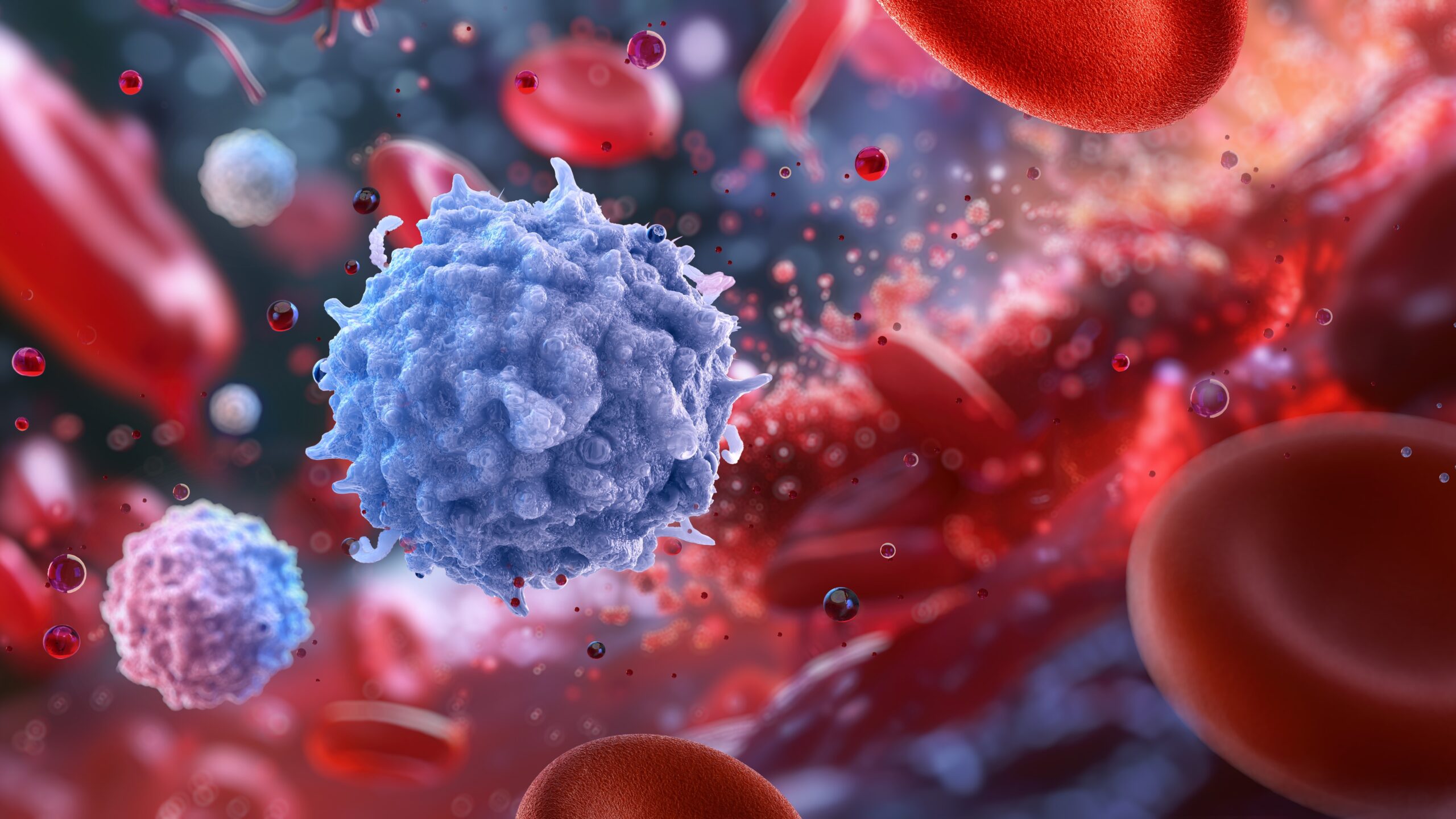
 © 2025 Mashup Media, LLC, a Formedics Property. All Rights Reserved.
© 2025 Mashup Media, LLC, a Formedics Property. All Rights Reserved.